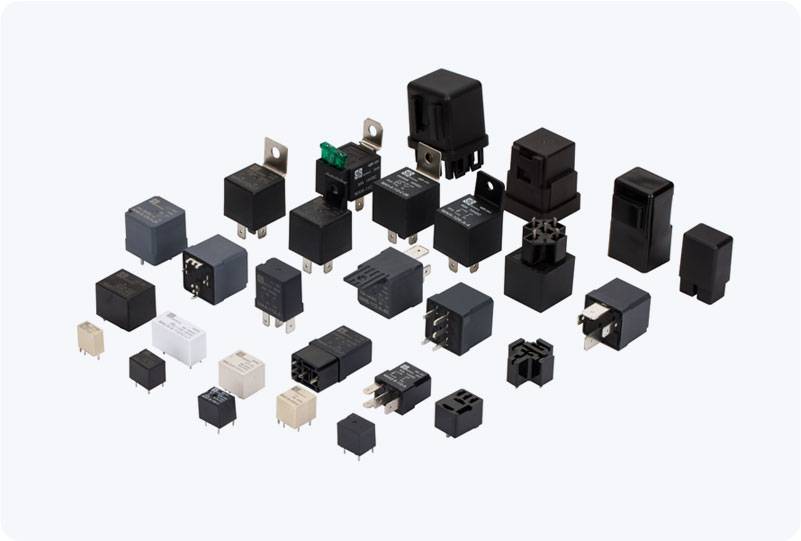The advent of electric vehicles (EVs) has revolutionized the automotive industry, offering a more sustainable alternative to traditional gasoline-powered cars. As the demand for EVs continues to rise, the importance of efficient and reliable power distribution systems becomes paramount. One of the key components of an EV’s power distribution system is the Power Distribution Unit (PDU) relay. This article explores the crucial role of PDU relays in electric vehicles, their functions, and their impact on vehicle performance and safety.

What is a PDU Relay? A Power Distribution Unit (PDU) is an essential electrical system in electric vehicles that manages the flow of electrical power from the battery to various vehicle components, such as the motor, HVAC system, and charging circuits. The PDU ensures that power is distributed efficiently and safely, while also protecting the vehicle’s electrical system from overloads, short circuits, and other potential hazards. The PDU relay, a type of electromagnetic switch, plays a pivotal role in controlling the electrical connections within the PDU. It is responsible for switching high-voltage circuits on and off as needed, ensuring that the power is distributed only when required and cutting off the circuit in the event of a fault. The PDU relay is designed to handle the high voltage and current demands of electric vehicles, which typically operate at 400V to 800V or more, depending on the specific model and its power requirements.